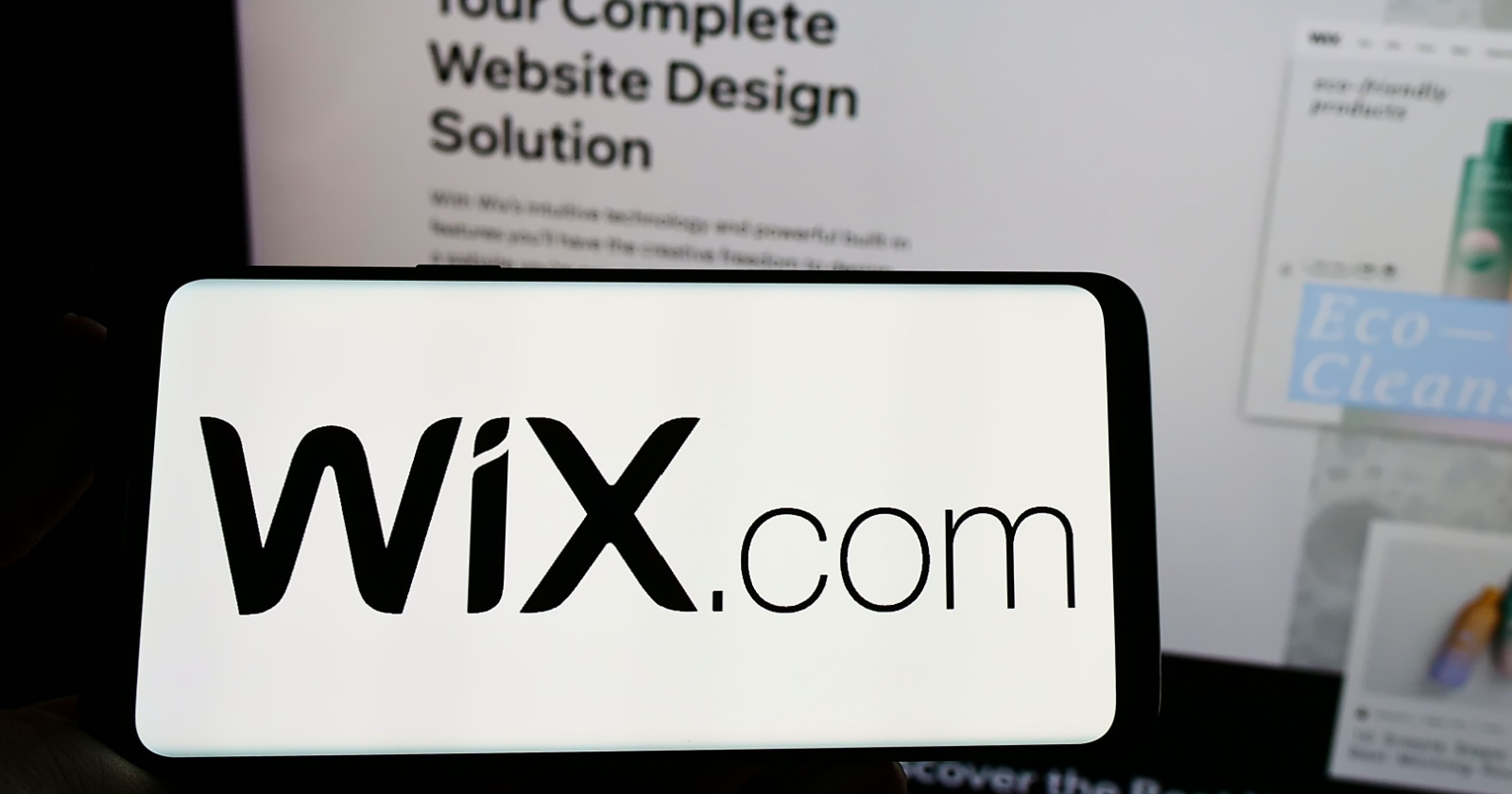SEO
Wix Breaks New Ground With Launch Of Wix Headless

In a bold move to empower developers, Wix has launched Wix Headless.
This new offering facilitates seamless integration of Wix’s robust business solutions across various platforms and devices.
Wix Headless: A New Era of Integration & Flexibility
Wix Headless was conceptualized to provide developers with the tools they need to implement Wix’s business solutions through its composable APIs and SDK. With this new offering, developers can now integrate Wix’s solutions like eCommerce, Bookings, CMS, and Events from any tech stack and manage them via Wix’s comprehensive management platform.
The APIs in this new solution are synchronized and ready to use with Wix’s additional solutions, such as contacts and checkout.
This marks a significant enhancement in the potential of Wix’s business solutions, allowing developers to use them anywhere and anytime.
Bridging The Gap With Leading Web Frameworks
Wix Headless paves the way for incorporating Wix Business Solutions with leading web frameworks, including React, Vue, Svelte, Qwik, and more. This opens the door to more partnerships with leading full-stack solutions.
Netlify is the first platform to partner with Wix, providing a quick start integration with Wix’s Bookings, Events, eCommerce, CMS, and Pricing Plans APIs.
A Commitment to Robust Developer-Centric Solutions
The introduction of Wix Headless marks the first time the company is opening its backend to work outside the Wix platform. This development promises to facilitate more effortless scalability, customization, and faster project delivery, thus providing a more robust suite of developer-centric solutions.
In web development and content management systems (CMSs), “headless” refers to a decoupled architecture where the front end and backend of a website or application are separated.
Traditionally, a website’s front end (the “head”) and back end are tightly linked. The front end is what users see and interact with—the website’s design, interface, and content.
The back end is where all the data is managed and stored—the database, server, and applications handle all the behind-the-scenes functionality.
In a headless CMS, the front end is “decapitated” from the back end. This separation allows developers to build and manage the front end separately from the back end.
Content is delivered from the back end to the front end through APIs. Using any programming language or framework, this content can be displayed across various front-ends (websites, apps, IoT devices, etc.).
The key advantage of a headless CMS is its flexibility. Developers aren’t tied to a specific technology stack and can use any front-end technology they prefer.
It also makes delivering content across multiple platforms and channels easier, as the backend sends data wherever needed, regardless of the platform or device.
In the case of Wix Headless, Wix provides a way for developers to use their backend services (like eCommerce, Bookings, CMS, Events, etc.) while building the front end with the tools and technologies they prefer.
Key Benefits of Wix Headless
Wix Headless comes with a host of benefits that include:
- Custom Solution Creation: Developers can utilize APIs to access and manage business data within Wix’s platform to create custom solutions that integrate seamlessly with Wix Business Solutions.
- Unified Dashboard: Developers can manage multiple lines of business within the Wix dashboard via the integrated Wix Business Solution APIs.
- Multiple Front-End Support: Wix Headless enables businesses to connect multiple clients to a single Wix backend, allowing various customer interaction points.
- Simplified Project Expansion: Existing Wix sites can add new sites or apps that access and service the same business without starting from scratch.
- Global Payments Infrastructure: Developers can streamline payments worldwide using Payments by Wix, eliminating the need to integrate multiple payment gateways.
Shahar Talmi, GM of Developer Platform at Wix, emphasized the transformative potential of this new offering.
He stated:
“Wix Headless enables developers to use Wix in ways that weren’t previously possible, from scaling their online presences to managing multiple complex projects in one place. By providing developers access to these APIs, we’re accelerating the endless possibilities presented in the web development industry.”
In Summary
The introduction of Wix Headless suggests a strategic pivot to cater to a more technologically advanced audience—professional web developers and larger businesses that require greater flexibility and customization in their web solutions.
This move diversifies Wix’s customer base and allows it to tap into a more extensive market.
By providing a headless solution, Wix aligns itself with current web development trends, particularly the growing demand for headless CMS and commerce platforms.
This positions Wix as a modern, forward-thinking provider catering to those seeking simplicity and ease of use and those requiring complex, tailored solutions.
Featured Image: T. Schneider/Shutterstock


















